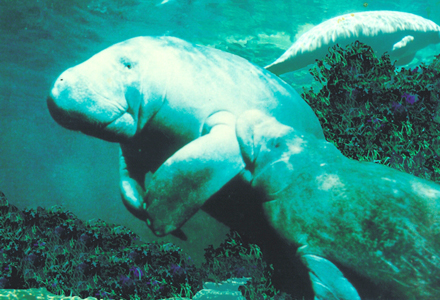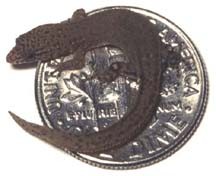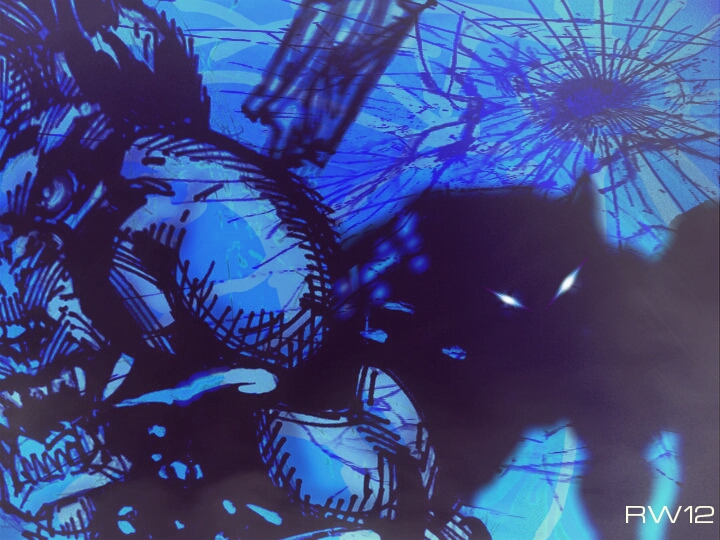Names Of Things In Nature / Nombres De Las Cosas En La Naturaleza
Animals,
Here you will find the names of trees, flowers and animals in Spanish. Some things in Dominican Republic have names that are different than other Spanish speaking countries. Also, how to use animals traits to describe people and the sounds animals make in Spanish.
Trees | Animals | Using Animal Traits to Describe People | Animal Talk | El viejo Juancho tenía una granja (Old McDonald Had a Farm), the song |
A very important Dominicanism to remember is the word vaina. If you do not know what something is just point at it and say la vaina / the thing. This can cover up for many unknown words!
Trees / Árboles
*Almendra – Almond trees. These trees can get quite large and produce a single fruit inside of a flour type bud.

*Almacigo – Mastic tree
*Arce – Maple
*Avellano – Hazel
*Caimito – Star apple
*Cajuil – Cashew
*Caoba – Mahogany tree. This tree is the National Tree of Dominican Republic
*Cedro – Cedar
*Cerezo – Cherry tree
*Flamboyant/ Framboyan – Flame Tree or Royal Poinciana. This tree flowers in late spring/ early summer and is very beautiful with its bright red umbrella of flowers.

*Guasábara – Species of cactus that grows in the barren zones of the Dominican Republic
*Higuera – Fig tree
The Grown In Dominican Republic page.
Animals / Animales
(details about many of the Creatures found in Dominican Republic)
*Ardilla – Squirrel
*Cabron – a large male goat
*Cacata – tarantula-type spider (picture and information about the cacata)
*Chinchilín – blackbird
*Chivo – goat
*Cocuyo or Cucuyo – firefly, lightning bug
*Gallina – chicken
*Huron – ferret
*Mono – monkey
*Paloma – Pigeon
*Pavo – turkey
*Peje, Pecao – fish
*Viralata – used to describe a mixed breed dog, and the way they search for food. “Living out of the can”
*Zorrillo – skunk
Using animals traits to describe people
*Burro – (donkey) a gross person
*Conejo – (rabbit) someone whose front teeth are large or missing
*Jirafas – (giraffes) women who excel because of their high stature
*Leon – (lion) a person who always wants to solve a problem by fighting, using fists
*Gallo/ Gallito – (rooster) a person who always wants to solve a problem by fighting, using fists
*Liebre – (hare) a person that cannot be caught when he flees
*Perro – (dog) one that does not have morals and lacks education
*Puerco – (pig) person with bad hygiene
*Pulpo – (squid) type of person that wants everything to be the way he wants it to be, grabs for all of life
*Ratón – (mouse) someone that is of small build
*Rata – (rat) low person without morals or values
*Toro – (bull) person with great force and resistance, bull-headed
How Animals Talk / Cómo los Animales Hablan
Remember the song Old McDonald Had a Farm (The Spanish version is called El Viejo Juancho Tenía Una Granja is on the bottom of this page)? Well, in Spanish the animals make different sounds. Yes, animals living in Spanish speaking countries also speak Spanish. Even though when hearing a Spanish speaking animal make their given noise the sound is the same in my ear, when it hits a Spanish speaking person ear, I guess, the sound is different. The person who’s eardrums are intercepting the sound interprets the animal talk into their own language.
One really never thinks of an animal speaking a different language until you are confronted with it. When in Dominican Republic try calling a cat or dog the way you usually call them. They will ignore you completely (unless you have food that is). They are probably laughing at you inside their little animal heads!
Remember, the little lip popping, kissy sound one makes to call a dog in one country can (and does) mean Attack! in Dominican Republic. A cat will ignore you completely if you call it as you would in English but as soon as you say misu, misu it (may) then pay you attention. I wonder what Doctor Doolittle would do…..

*Bee – English = bzzzz / Las abejas hacen en español (the bees say in Spanish) = bzzz
*Bird – English = tweet tweet / Los pájaros trinan hacen en español de españa (Spain) = pío pío, Argentina Spanish = pi pi
*Cat – English = meow / El Gato ladra hace español = miau
*Chick – USA English = peep peep / British English=cheep cheep / Español = pío pío
*Cow – English = moo / Las vacas mugen hacen en español = muuu
*Crow – English = caw / Español = cruaaac, cruaaac
*Dog – English = bow wow, arf, woof, ruff ruff / El perro ladra hace español = guau guau or wow wow
*Donkey – English = hee-haw / Costa Rica Spanish = iii-aah, iii-aah
*Dove, pigeon – English = coo / La paloma hace en español = cu-curru-cu-cú
*Duck – English = quack quack / Los Patos hacen en español de españa (Spain) = cuá cuá / Argentina Spanish=cuac cuac
*Frog – English = ribbit / Spain Spanish = La rana croa hace encruá-cruá / Argentina Spanish = berp / Peru Spanish = croac, croac
*Goat – English = baaah / El chivo hace en español = bee bee
*Hen – English = cackle and cluck / Español = coc co co coc
*Horse – English = neigh or whinny / El caballo relincha hace / Colombia Spanish = iiiiou / Paraguay Spanish = ioohoho / Peru Spanish = iiiiii / Spain Spanish = híiiiiiiiii
*Owl – English = hoo / El búho hace en español = uu uu
*Pig – English = oink oink / El cerdo hace en español = oink-oink
*Rooster – English = cock-a-doodle-doo / El gallo canta hace / Spain Spanish = kikirikí / Argentina Spanish = ki-kiri-ki

*Sheep – English = baaah / Las ovejas balan; hacen / Spain Spanish = bee / Argentina Spanish = meeee
*Tiger – English = grrrrrr / El tigre hace Spain Spanish = grgrgrgr / Venezuela Spanish = gggrrrrrrr
(my little joke – Tiger – Dominican person speaking in English “Hey BABY”! IE: definition of a tigre in Dominican Spanish is a person who is a womanizer)
El viejo Juancho tenía una granja (Old McDonald Had a Farm)
translated by Paola Ferate-Soto
El viejo Juancho tenía una granja, iai, iai, oo.
Y en su granja tenía un marrano, iai, iai, oo.
Con su oink, oink aquí, con su oink, oink allí,
Aquí oink, allí oink, en todos lados oink, oink.
El viejo Juancho tenía una granja, iai, iai, oo.
The rest of the verses continue:
Vaca: mu, mu
Pollito: pío, pío
Caballo: neigh, neigh
Oveja: bee, bee
Perro: guau, guau
Gato: miau, miau
Pato: cuac, cuac






